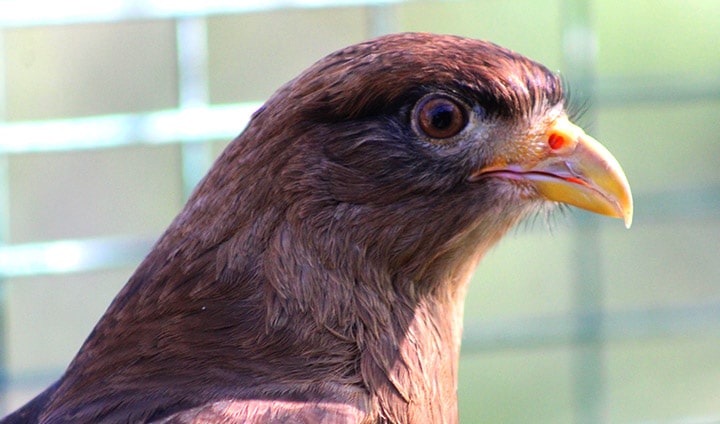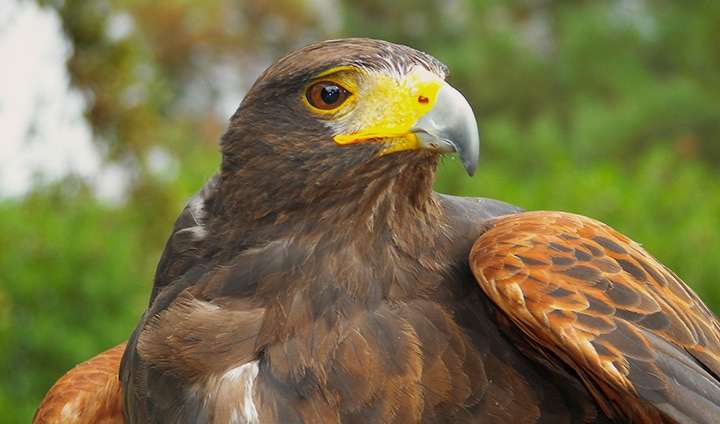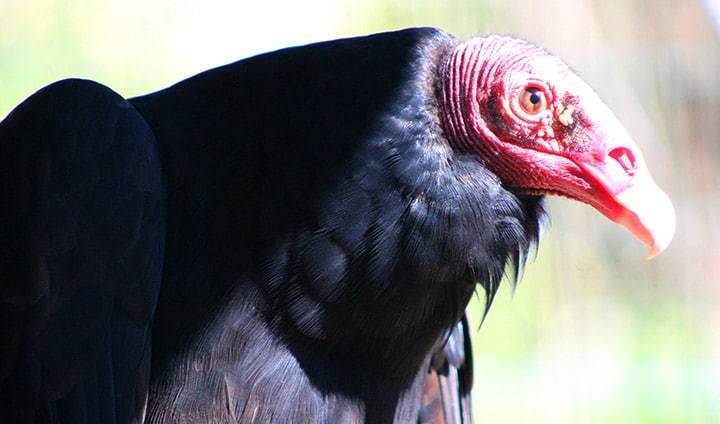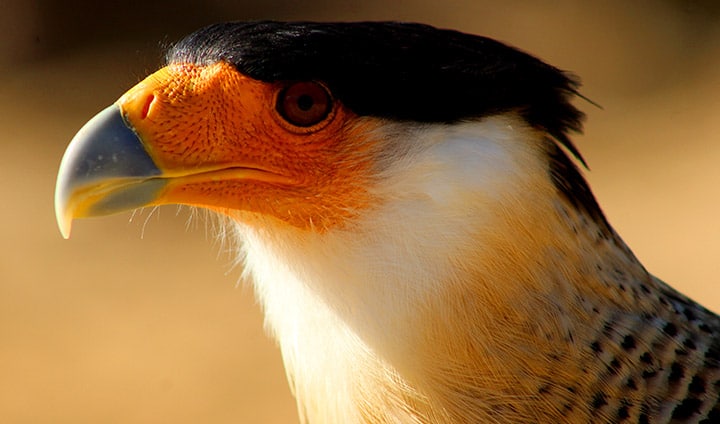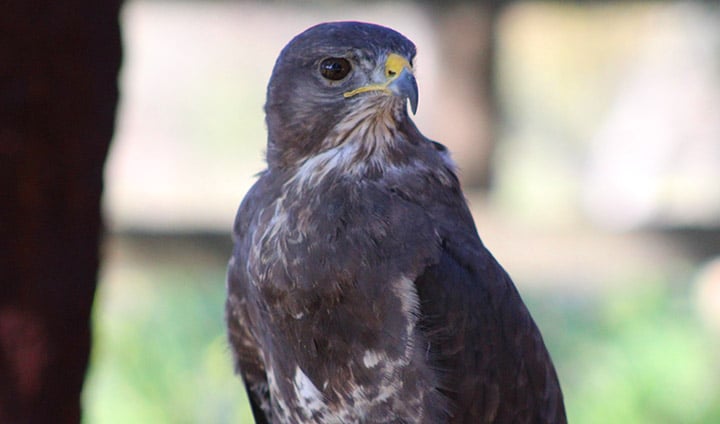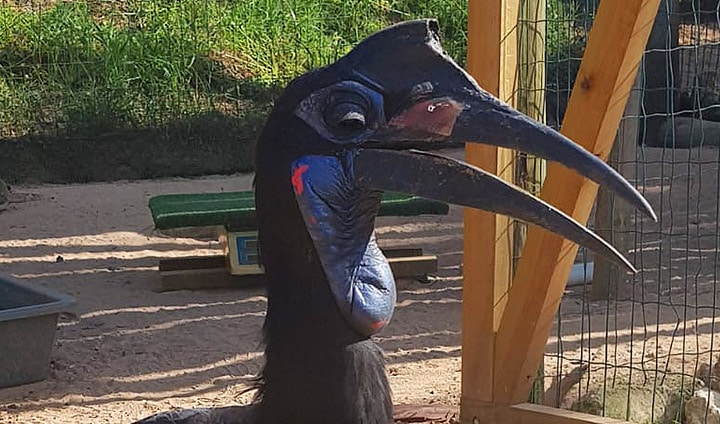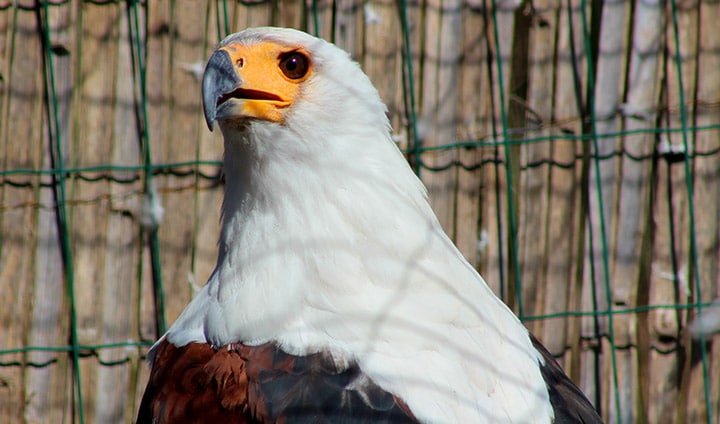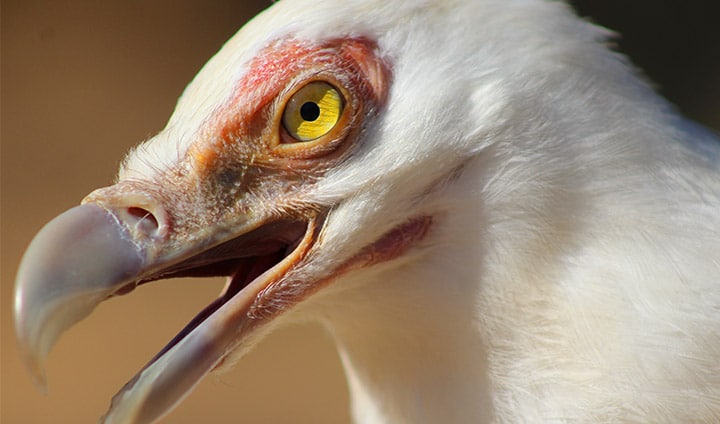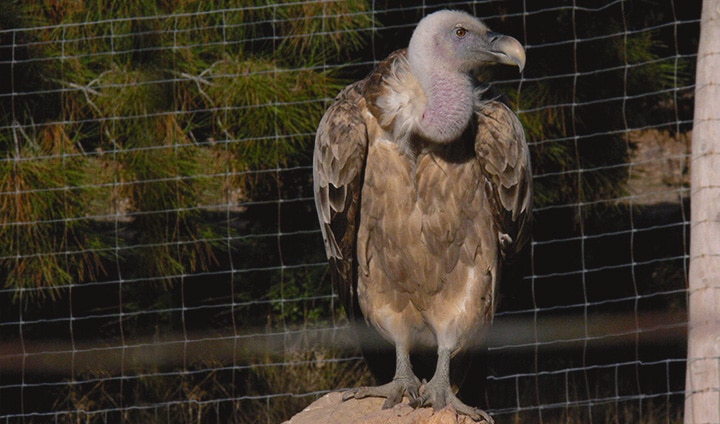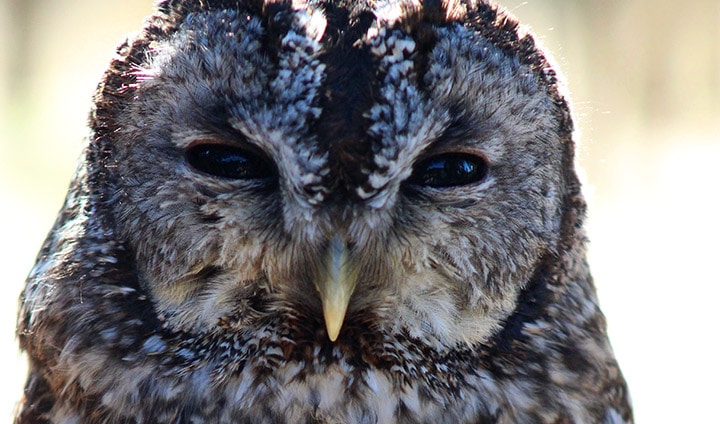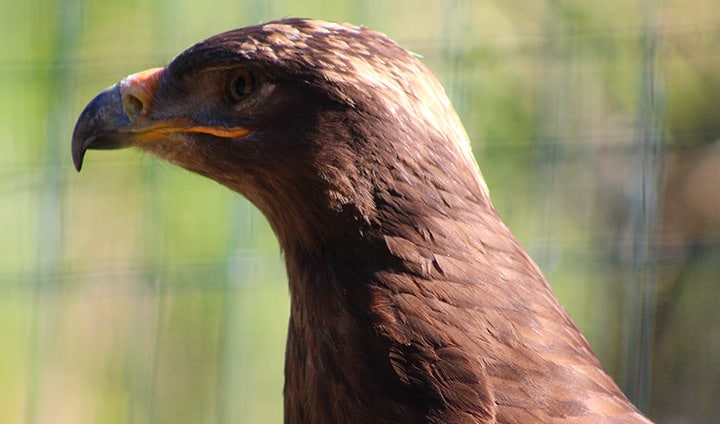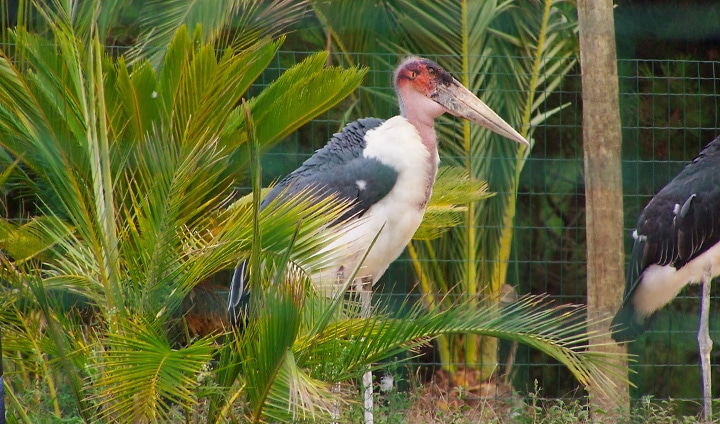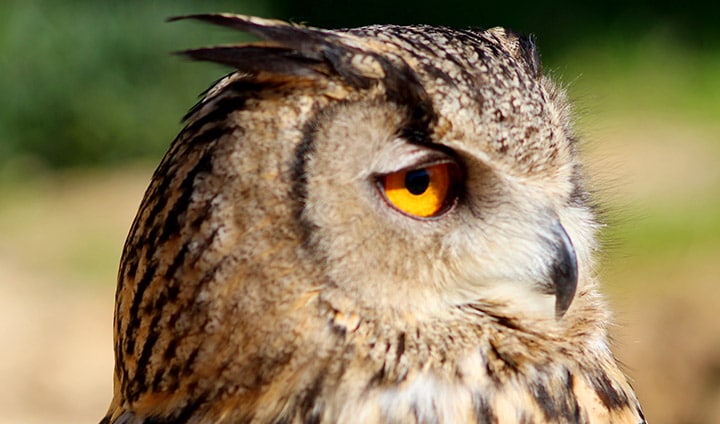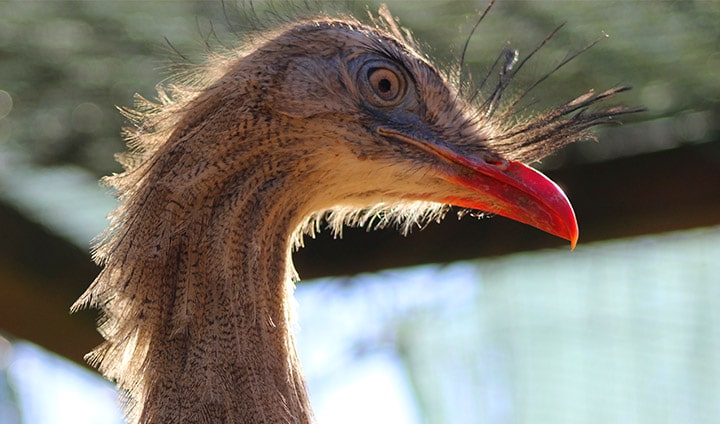Habitat and geographic distribution: Natural fields, grasslands, agricultural areas, beaches and sand banks.
Originally from South America, it is present in Brazil, Argentina, Chile, Uruguay and Paraguay.
Diet: Opportunist, feeds on a wide variety of invertebrates, amphibians and reptiles, small mammals and even seeds, berries and fruits.
Reproduction: Nests in abandoned nests in treetops. Lays 1-5 eggs, the incubation period is 27-32 days, and after five weeks the chicks leave the nest. Both the male and the female take part in incubating the eggs, in feeding the nestlings and also in the nest defense. They can nest isolated or in colonies.
Behaviour: Chimango caracara can be solitary or live in pairs. When food is abundant, they can form large flocks.
Interesting facts: During the reproductive period, they usually put their head back while emitting a characteristic vocalisation. There are two subspecies of Chimango caracara, M. c. chimango in the north and centre of Chile and Argentina, Uruguay and southern Brazil, and M. c. temucoensis in the south of Chile and Argentina and in northern Tierra del Fuego.
Conservation status: least concern (LC), CITES Annex II
Class: Aves
Order: Falconiformes
Family: Falconidae
Length: 37-43 cm
Wingspan: 80-99 cm
Weight: 290-300 g



